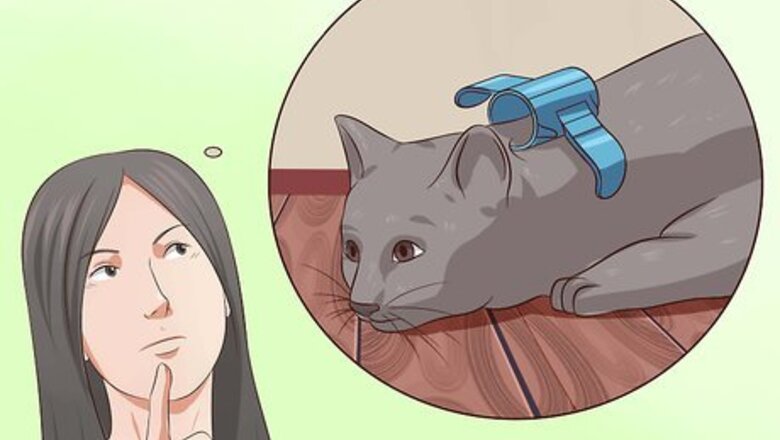
views
X
Research source
This works best if the cat knows you. Use this procedure only when necessary, not just for fun.
Testing the Cat
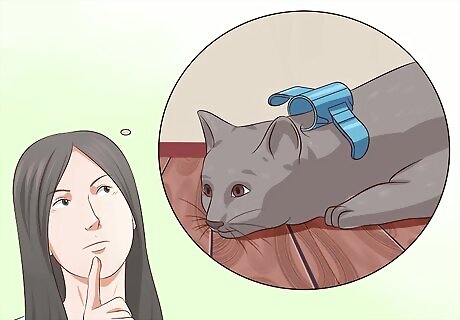
Use this only when necessary. In one study, thirty out of thirty-one cats reacted positively, and none showed signs of pain or fear. Still, your cat may not enjoy it. Many vet technicians consider "scruffing" techniques old-fashioned, and too intense for regular use. Some say this technique is a more gentle option, but this is controversial. Try this when you need to trim the cat's claws or give it medicine.
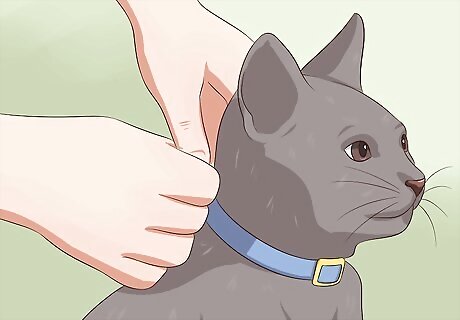
Remove the collar. You'll need full access to the cat's neck. If you leave the collar on, it could choke or pinch the cat.
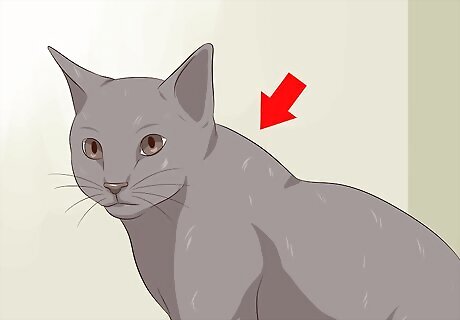
Find the scruff. Cats have a loose fold of skin at the back of the neck, called a scruff. If your cat has an unusually small scruff, that you cannot easily grab, be careful. You don't want to pinch too hard.
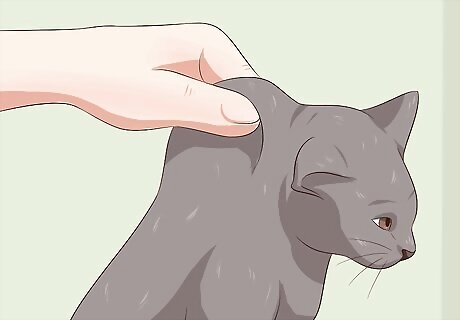
Grasp the scruff and watch the cat's reaction. Firmly grasp the scruff and watch your cat's reaction. If the cat relaxes, it will most likely respond well to the next step: deactivating. If the cat struggles or meows, let go and try a different tactic, such as wrapping the cat. If the cat neither relaxes nor struggles, look for dilated pupils, rotating ears, or rapid breathing, which are signs of fear. The closer to the ears you hold the cat, the more control you have over the cat's head. Never try to pick up your cat by the scruff of its neck.
Deactivating the Cat
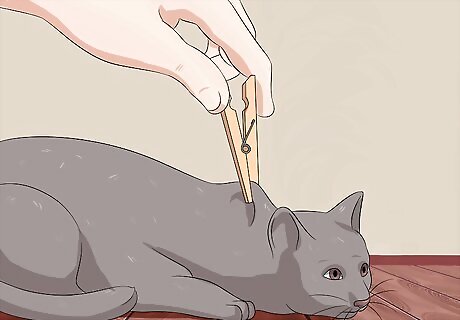
Place a clip over the cat's scruff. If the cat relaxed when you grabbed the scruff, the clip should have the same effect. In one study, two-inch (5 cm) binder clips had the best results. Place the clip over the scruff, just behind the ears. You can try using a kitchen clip or clothespin. Smaller or more forceful clips may cause a painful pinch, but cats' reactions vary.
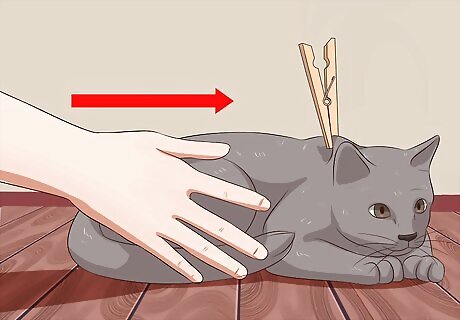
Gently push the cat onto its side. A relaxed cat may flop over on its own. If it doesn't, a gentle push on the back legs should convince it. A fully relaxed cat may bring its paws up near its face, and/or curl up with its tail straight down or between its legs. If the cat is standing, the tail between the legs is a sign of fear, not comfort.
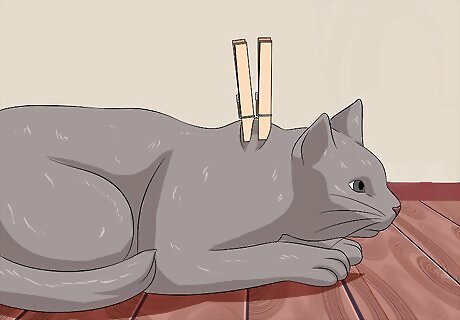
Add additional clips if necessary. Some cats may not relax fully, but do not show any signs of fear or discomfort. If this happens, put one or two more clips on the scruff, in a line along the spine. Stop and remove the clips if the cat struggles, meows, or breathes heavily. Some cats respond to clips placed anywhere along the skin above the spine, down the entire back. This typically has less effect than the neck.
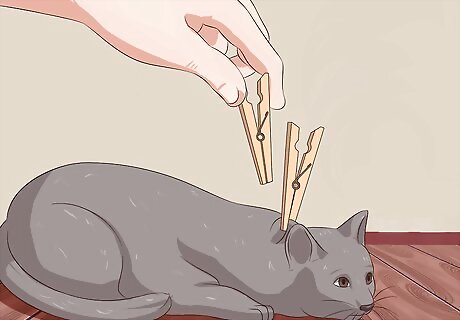
Remove the clips after a few minutes. There are no expert recommendations for how long the clips can be left on. Most clips shouldn't cause any damage to your cat's skin, but your cat may become annoyed after a while. Aim for a short, positive experience to make future procedures easier.

















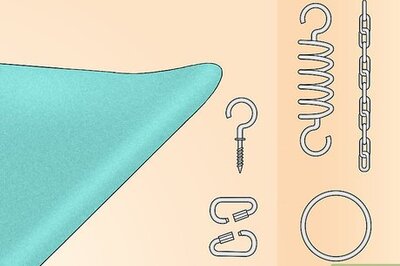


Comments
0 comment